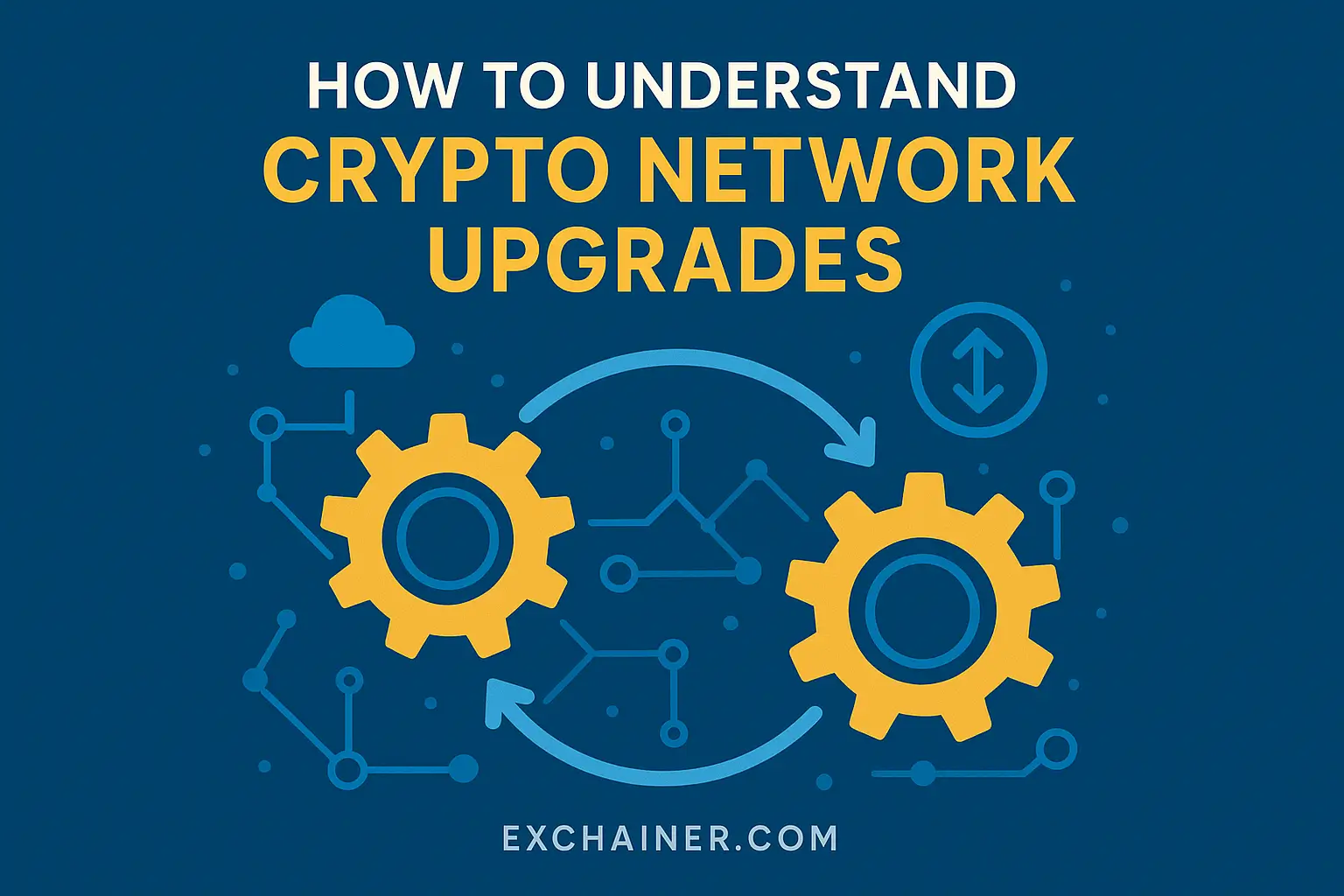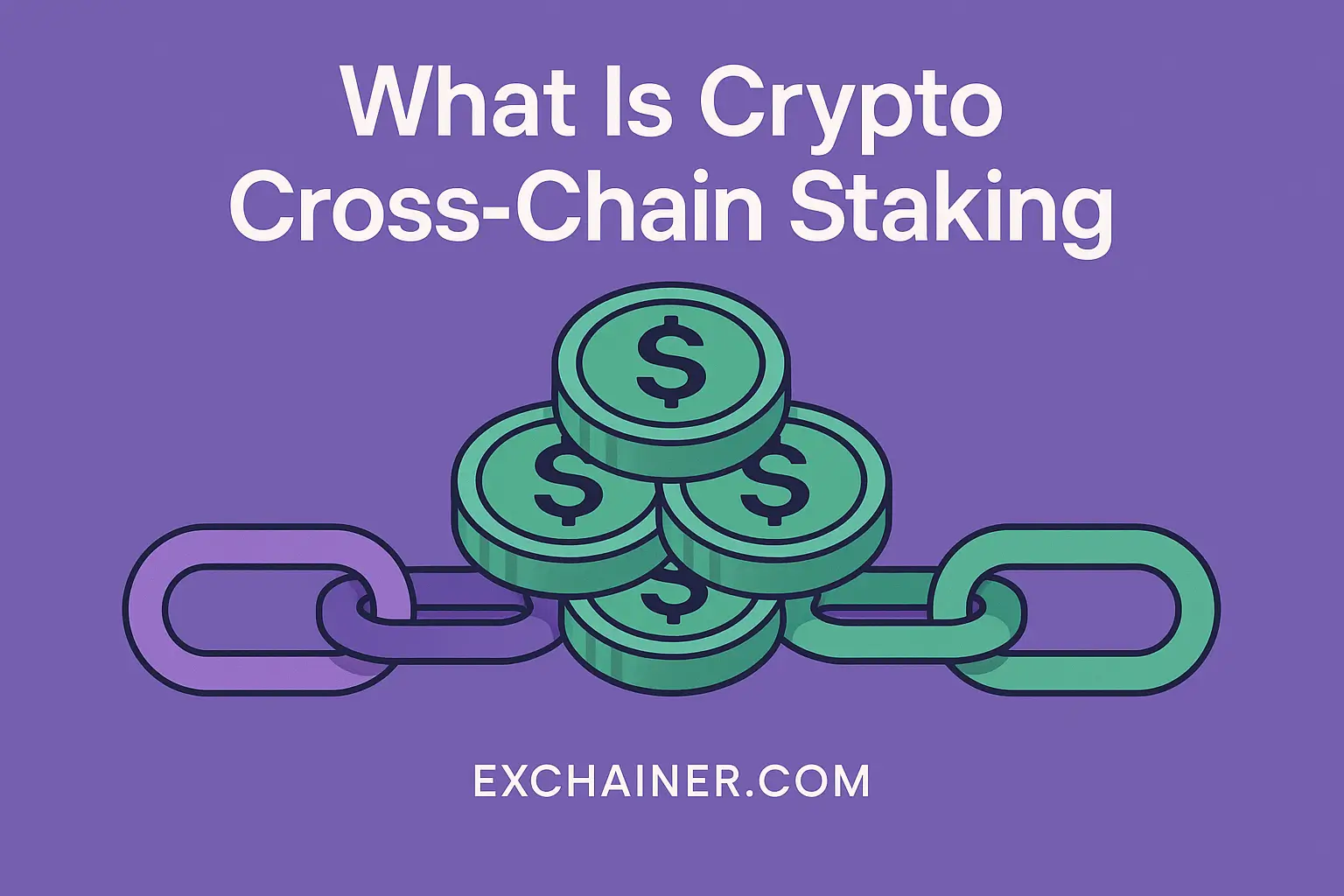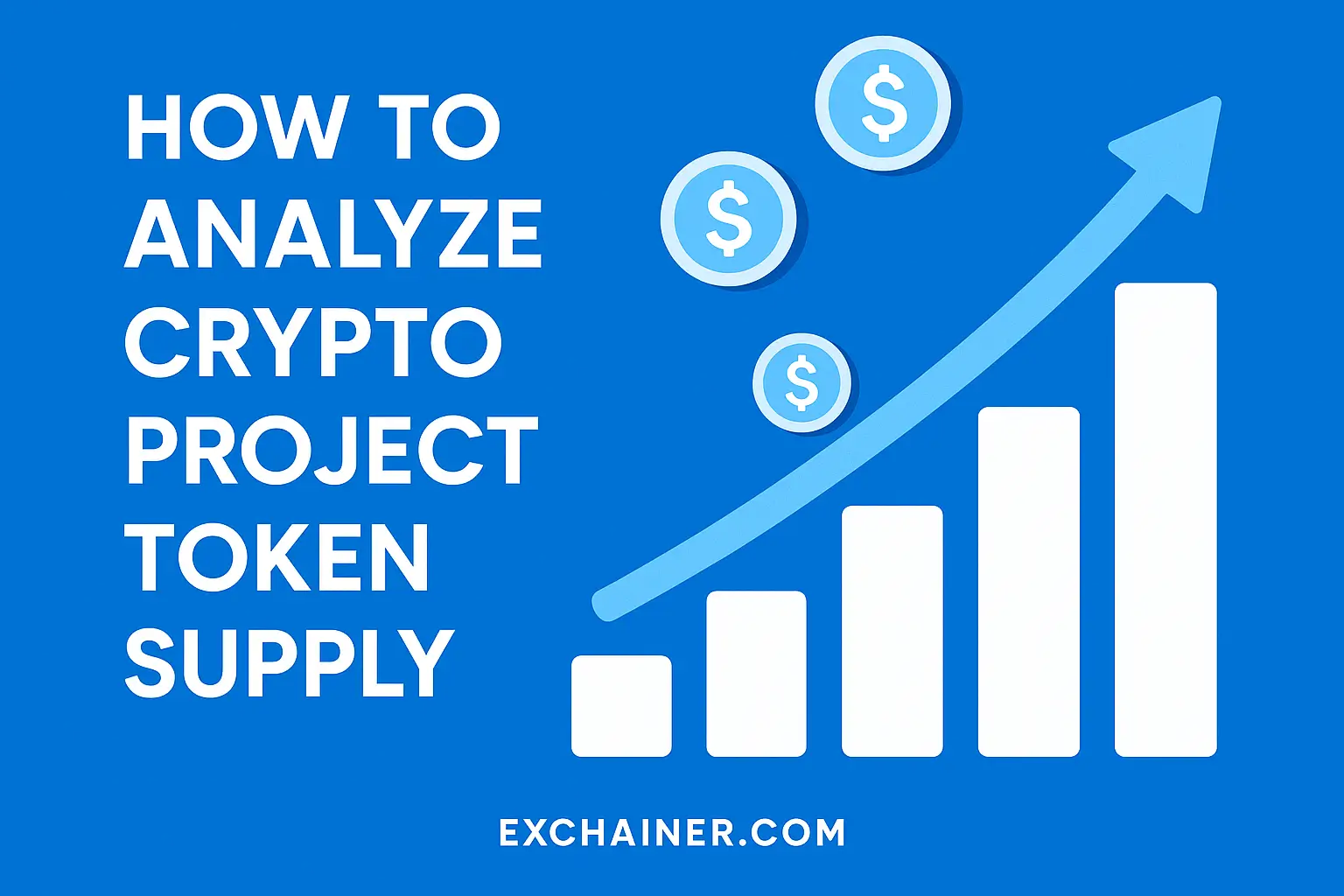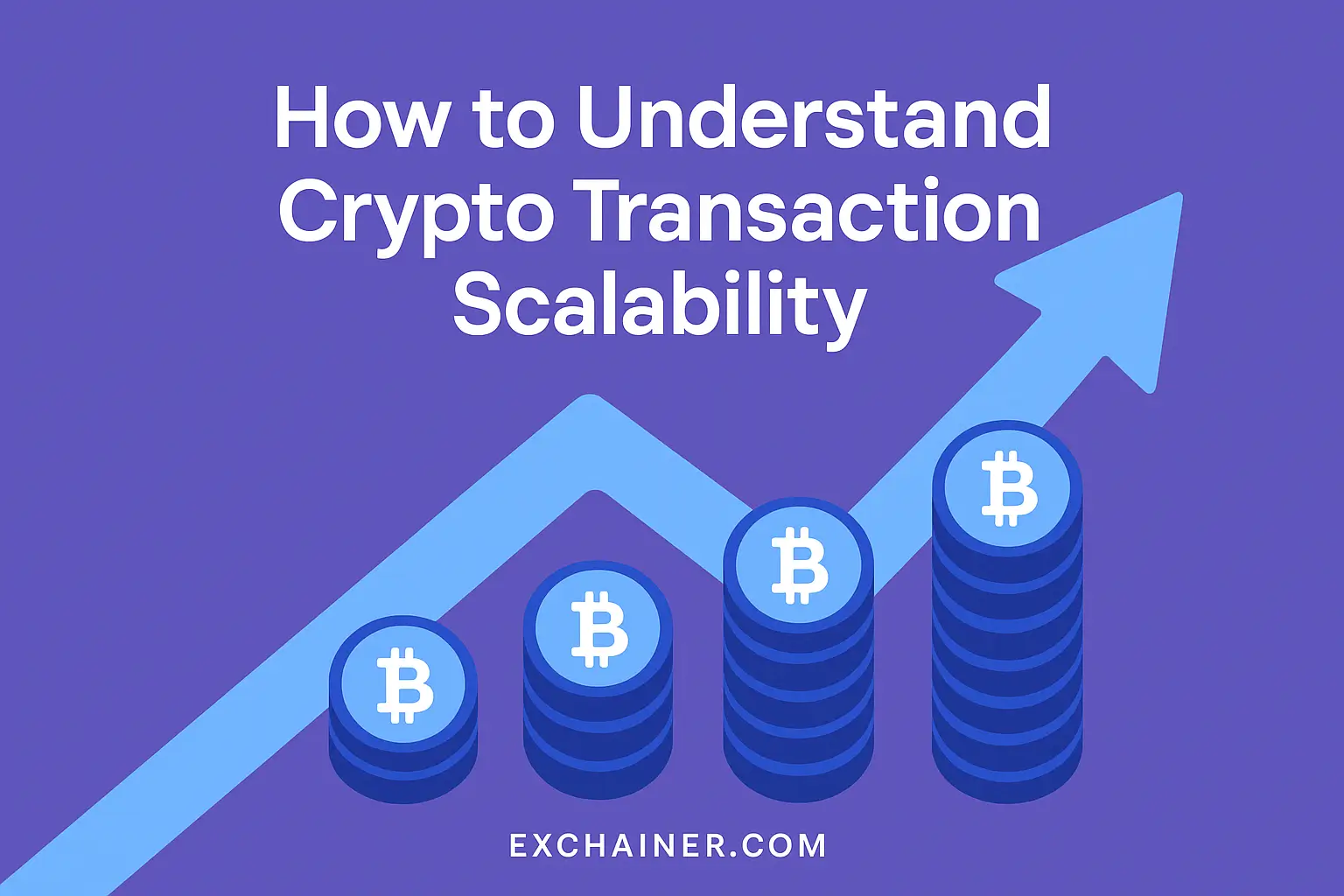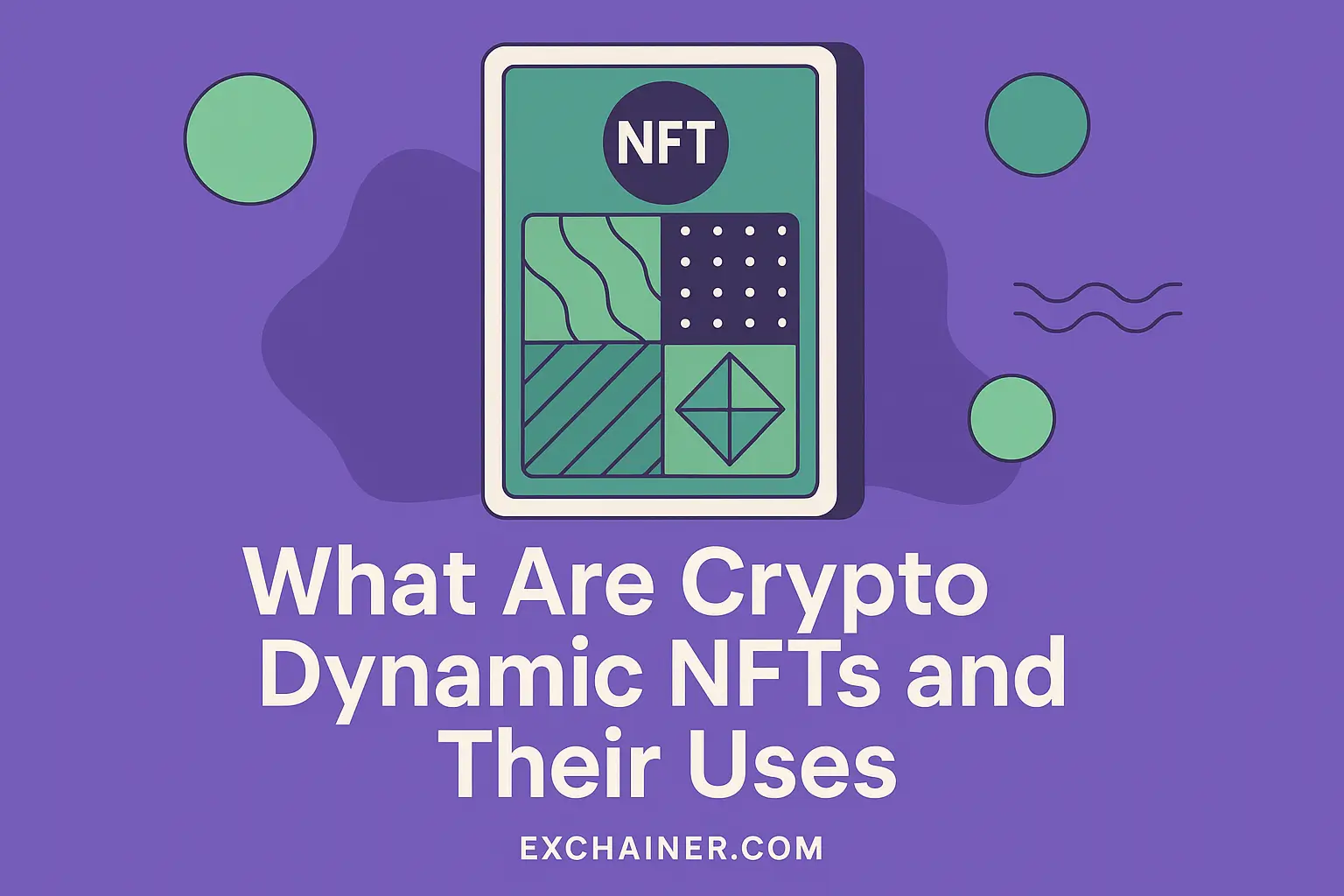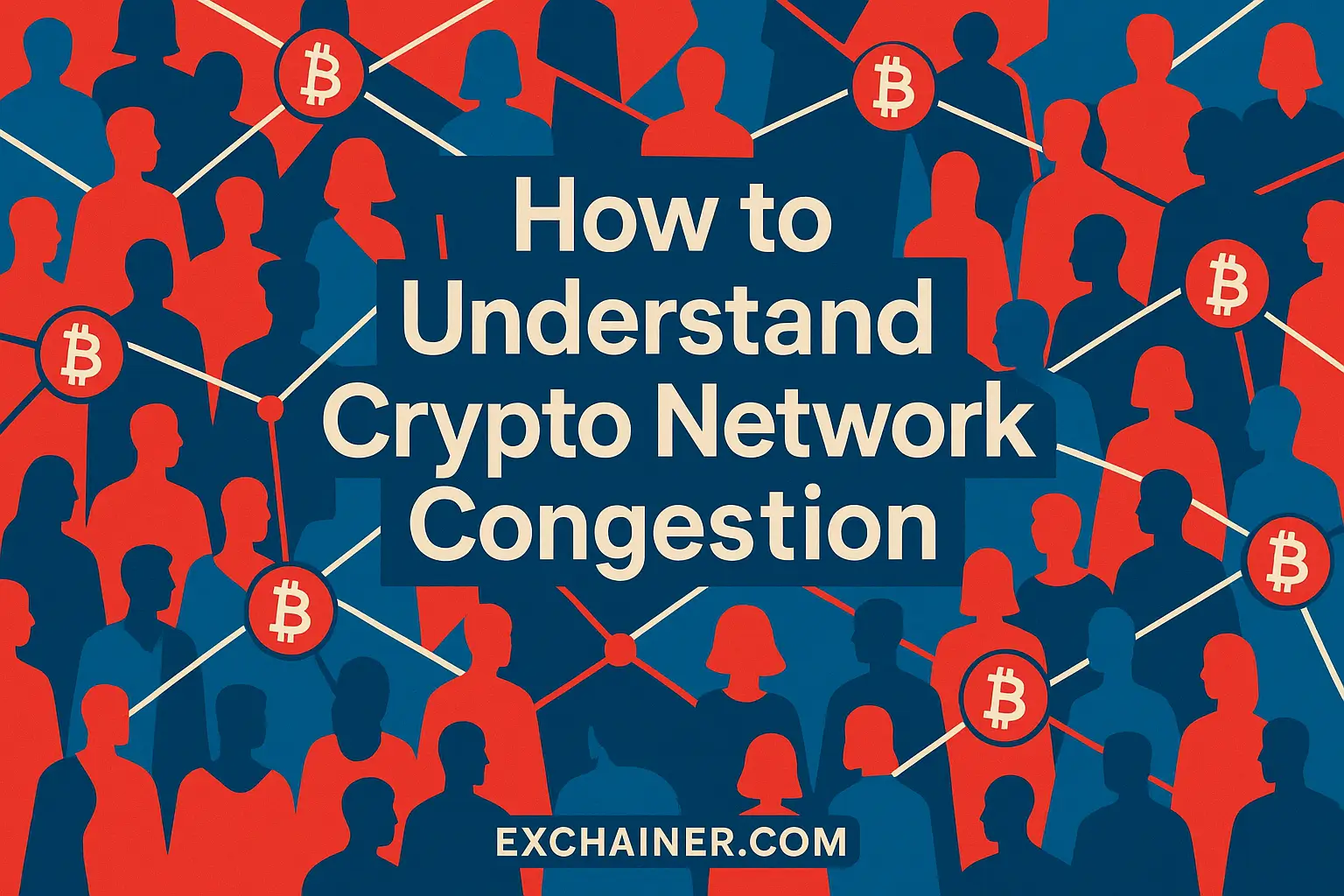Friends, if you’ve ever dipped your toes into the crypto world or are just planning to, you’ve probably come across the term “network upgrades.” What are they exactly, and why do they seem to pop up every time a blockchain project gains attention? Network upgrades are a fundamental part of how cryptocurrencies evolve, improve, and stay secure. Whether you’re a beginner trying to understand crypto basics or someone exploring more advanced concepts, grasping how these upgrades work is crucial not only to follow crypto news but also to make smarter trading decisions.
Think about your smartphone or computer — every so often, you get an update that adds new features or fixes bugs. Cryptocurrencies work similarly but in a decentralized, more complex environment. These upgrades, often called “hard forks” or “soft forks,” can change the rules of how the network operates, affect token balances, or improve scalability and security. For investors and holders, knowing what’s coming can help you avoid surprises, maybe even spot opportunities like airdrops or increased network activity that can influence prices.
This article will break down the concept of network upgrades, explain why they matter, and give you practical tips on how to keep up with them. You’ll learn what triggers an upgrade, the difference between major and minor updates, and how they impact the crypto ecosystem. By the end, you’ll feel more confident navigating the sometimes confusing world of blockchain progress and know exactly where to get the latest info. Stick around, it’s more fascinating than it sounds!
What Exactly Are Crypto Network Upgrades?
When we talk about cryptocurrency or blockchain networks, we’re referring to decentralized systems where multiple participants validate and record transactions without a central authority. Network upgrades are essentially improvements made to these protocols—like software updates on your devices—but they happen on a global scale across nodes (computers running the network).
Upgrades might add new features, improve security, enhance scalability, or fix vulnerabilities. Some common changes include increasing transaction speed, reducing fees, or introducing new consensus mechanisms to agree on data validity. For example, Ethereum, one of the biggest blockchains, went through several major upgrades like the “London Hard Fork,” which introduced changes to transaction fees and prepared the network for a shift to proof-of-stake.
Upgrades can be categorized mainly into two types:
Soft Forks
A soft fork is a backward-compatible change. It means nodes that haven’t upgraded can still accept new transactions but with some restrictions. This type is generally safer because non-upgraded nodes remain functional, reducing the risk of network splits.
Hard Forks
A hard fork is a more drastic, non-backward-compatible change. If some participants don’t upgrade, the blockchain can split into two competing chains, each with its own rules. Some famous hard forks led to the creation of entirely new cryptos — Bitcoin Cash resulting from Bitcoin, or Ethereum Classic branching off from Ethereum.
Why Do Network Upgrades Matter for Crypto Holders and Traders?
Understanding network upgrades is crucial because these changes can impact your holdings directly. Here are some reasons why you should care:
1. Potential for Price Movements: Upgrades can create buzz, cause increased network use, or trigger speculation. As people anticipate changes, you might see price swings that savvy traders can capitalize on.
2. Security Improvements: Some upgrades patch vulnerabilities that hackers could exploit. Knowing an upgrade is coming might prompt you to move assets to safer wallets or exchanges temporarily.
3. Possibility of Airdrops and Rewards: Occasionally, new tokens are distributed to holders of the original coin as a result of upgrades — this is called an airdrop. For example, during Ethereum’s move to Ethereum 2.0, certain staking rewards and incentives encouraged participation.
4. Avoiding Compatibility Issues: If you don’t upgrade your wallet software or follow the network rules, your transactions might be rejected or lost. Staying informed ensures your crypto activities continue smoothly.
Imagine you hold a token on a blockchain planning a major hard fork. If you understand the timeline and requirements, you might prepare your assets accordingly rather than scrambling last minute.
How Crypto Network Upgrades Are Planned and Executed
Network upgrades don’t just happen overnight. They are carefully planned through community discussions, developer proposals, and technical testing. Here’s a general overview of the process:
1. Proposal Stage: Developers identify the problem or improvement and publish a detailed plan called Improvement Proposals. These often go through rigorous peer review.
2. Community Feedback: Since blockchains are decentralized, stakeholders — from miners to investors — voice opinions. Consensus is vital to avoid splits.
3. Testing: New code is tested extensively in testnets (alternative networks that simulate the main one) to find bugs and ensure smooth deployment.
4. Scheduling: Once agreed upon, an activation block (specific moment in the blockchain) is set when the new rules switch on.
5. Deployment: Nodes upgrade their software, and the network transitions to the new version.
Ethereum’s recent upgrades, for instance, were widely discussed through Ethereum Improvement Proposals (EIPs) and deployed after months of testing. Transparency and clear communication help avoid confusion and assure users of a safe transition.
Real-World Example: Bitcoin Taproot Upgrade
Bitcoin’s Taproot upgrade, activated in November 2021, is a perfect study. It improved privacy, scalability, and smart contract flexibility. The upgrade required miner signaling to activate and was smoothly integrated due to widespread consensus. Holders didn’t need to take drastic action, but the upgrade made Bitcoin more versatile and efficient, strengthening its future prospects.
Important Tips to Stay Ahead of Network Upgrades
Wondering how to keep track of these important network upgrades and not miss any crucial action? Here are some practical tips that I wish I knew when I first started:
Follow Official Channels: Always get your info from official project websites or trusted crypto news sources. Developers often announce upgrades well in advance.
Use Crypto Calendars: Websites like CoinMarketCap provide listings of upcoming blockchain events and upgrades — a handy tool to plan your moves.
Participate in Crypto Communities: Join forums, Telegram groups, or Reddit channels related to your favorite cryptos. Being part of the conversation helps you catch early news and opinions.
Update Your Wallet and Tools: Make sure your wallet software, nodes, or apps are up to date before an upgrade. Sometimes, old versions become incompatible.
Consider Exchange Policies: Exchanges may pause deposits and withdrawals during upgrades. Check announcements to avoid losing access temporarily.
How to Prepare for a Hard Fork
Hard forks can be tricky, but with a little preparation, you can manage them confidently:
Keep your tokens in a wallet where you control the private keys rather than on an exchange — this way, you have full control over your assets.
Backup your recovery phrase securely before the fork.
Stay informed on how the fork may affect your tokens — will you receive new coins? Should you split holdings or move funds?
After the fork, check for any airdrops or additional tokens you might be eligible for.
How Network Upgrades Influence the Future of Cryptocurrencies
Each network upgrade is a step forward on the path to broader adoption, better performance, and higher security. Through these constant improvements, blockchain projects can address limitations that slow mass adoption — like slow transaction times or high fees.
For instance, Ethereum’s transition to Ethereum 2.0 aims to reduce enormous energy consumption by moving from proof-of-work to proof-of-stake consensus. This upgrade could dramatically reshape the crypto landscape, appealing more to eco-conscious investors and institutions.
Moreover, upgrades bring new tools and functionalities, allowing developers to build decentralized applications (dApps) that were once impossible. This ongoing innovation means that cryptocurrencies are not static assets but living technologies evolving daily.
As famed inventor Alan Kay said, “The best way to predict the future is to invent it.” Network upgrades are precisely how the crypto community invents its future — by learning, adapting, and pushing boundaries.
Ready to Keep Up with Crypto Network Changes?
Now that you’ve got a solid grasp of what network upgrades are, how they work, and why they’re important, you’re better equipped to follow your favorite cryptocurrencies confidently. Remember, staying informed and proactive makes all the difference in this fast-moving space.
If you want to dive deeper into the world of cryptocurrencies, there’s a treasure trove of helpful resources waiting for you. Whether exploring crypto basics and advanced tutorials, checking out reviews of popular exchanges to pick a safe place for your trades, or discovering wallets and tools to secure your digital assets, Exchainer.com has you covered.
Got questions or tips about upcoming network upgrades? Join the discussion and share your experiences — that’s how we all grow smarter in this exciting crypto journey!
External references for further reading:
CoinMarketCap Glossary on Network Upgrades |
Ethereum Proof-of-Stake Consensus Explained

